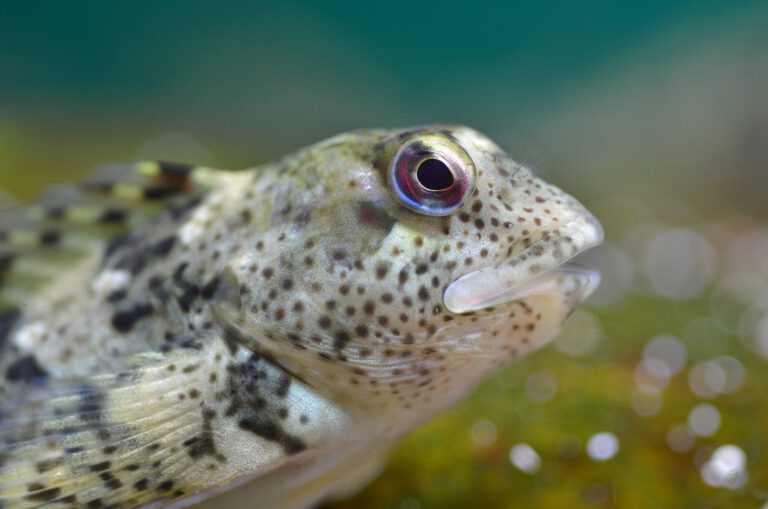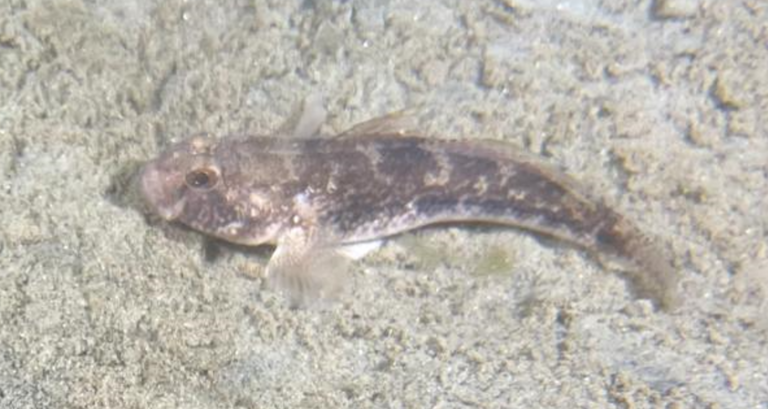Lumpsucker – Cyclopterus lumpus

Lumpsucker (Cyclopterus lumpus) - Snotolf
Taxonomy: The Lumpsucker belongs to the Cyclopteridae family. It is known for its distinctive rounded body and suckers that help it cling to surfaces.
Species: This family includes various species of lumpsuckers, with the most recognized being the Atlantic Lumpsucker, which can grow up to 30 cm in length.
Reproduction: Lumpsuckers exhibit unique reproductive behaviors. Males attract females by creating nests of seaweed where they fertilize the eggs, which they guard until they hatch.
Habitat: Lumpsuckers are found in cold waters, typically near the seabed. They prefer rocky substrates and kelp forests, mainly in the North Atlantic.
Diet: Lumpsuckers are primarily herbivorous, feeding on algae and small invertebrates. Their strong suckers allow them to cling to rocks and graze.
Conservation: While not currently endangered, lumpsuckers face threats from habitat loss and pollution. Conservation efforts are essential to maintain healthy populations.
Unique Anatomy: One of their most notable features is their sucker disc, which allows them to attach securely to rocks and kelp. This adaptation helps them avoid predators.
Color Change: Lumpsuckers can change color to blend in with their surroundings, providing camouflage from potential threats.
Lifespan: They typically live up to 10 years in the wild, although this can vary based on environmental conditions.
Lumpsuckers: The Unique Clingers of the Sea
When we explore the ocean, many creatures capture our imagination. From the graceful dolphin to the vibrant clownfish, the diversity is astounding. Yet, one unique inhabitant often goes unnoticed—the Lumpsucker. With its round body and distinctive sucker, the lumpsucker plays a vital role in its ecosystem.
What is a Lumpsucker?
Lumpsuckers are fascinating fish that belong to the genus Cyclopterus. Their name reflects their unusual shape and behavior. These small, round fish are characterized by their sucker-like disc, allowing them to attach firmly to surfaces like rocks and kelp. This feature is particularly useful in their cold-water habitats, where they seek refuge from currents and predators.
One interesting trait of the lumpsucker is its ability to change color. This adaptation helps them blend in with their environment, enhancing their protection against predators. They are not the fastest swimmers but have a unique way of navigating their world by clinging to surfaces.
A Day in the Life of a Lumpsucker
Lumpsuckers are not strong swimmers. They rely on their sucker disc to hold on while they graze on algae and small invertebrates. Their diet consists mainly of plant matter, which they scrape off rocks. This feeding behavior is crucial for maintaining the health of their habitat.
In terms of reproduction, lumpsuckers display intriguing behavior. The males build nests out of seaweed and attract females to deposit their eggs. After fertilization, the male guards the eggs until they hatch, ensuring the survival of the next generation. This parental care is a fascinating aspect of their life cycle.
Ecological Role: The Grazers of the Sea
Despite their small size, lumpsuckers contribute significantly to their ecosystems. By grazing on algae, they help control algal growth and maintain the health of kelp forests. These forests are crucial habitats for many marine species, and lumpsuckers play a key role in their sustainability.
While lumpsuckers are not currently at risk, they face challenges from pollution and habitat degradation. Protecting their environment is essential for the continued survival of these unique fish.
Conclusion
Lumpsuckers are remarkable creatures that deserve our attention. With their unique adaptations and ecological contributions, they are vital to the health of marine ecosystems. So, the next time you dive into the ocean, keep an eye out for these charming clingers. They may be small, but they play a big role in the underwater world.






